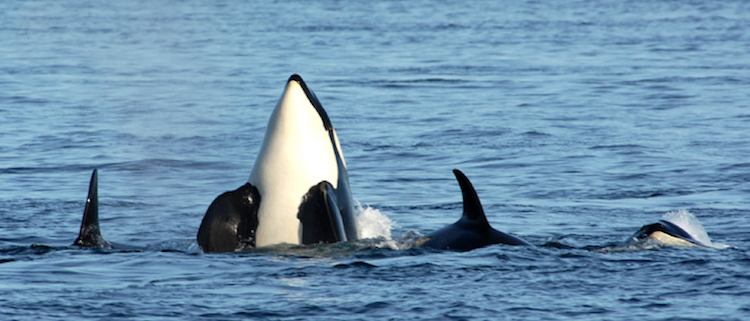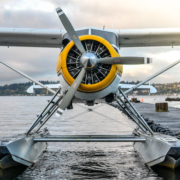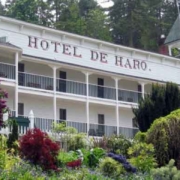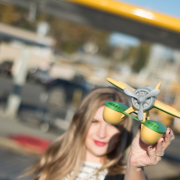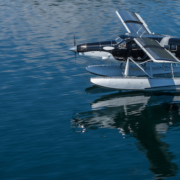Don’t miss the baby boom!
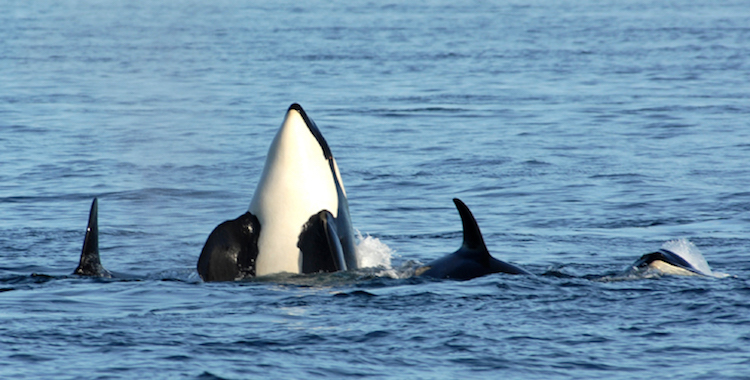
This winter, whale watching enthusiasts rejoiced as the San Juan Islands resident killer whale (aka orca) population welcomed it’s fourth baby to the family.
Want to meet one (or all) of the babies? You can! We partner with San Juan Safaris to offer a one-day whale watching trip in the San Juan Islands.
A Friday Harbor based whale watching outfit, San Juan Safaris has a 95 percent success rate. Meaning, 95 percent of the time their boats go out, passengers see whales. No operated tour sees whales more often!
The adventure begins with a thrilling Lake Union takeoff. Forty-five minutes later you’ll be in Friday Harbor, a quaint town on San Juan Island. From there, it’s just a short stroll to the San Juan Safaris’ MV Sea Lion, a 55-foot long whale watching boat.
Why are the babies so important?
Tales of killer whales in the San Juan Islands date back to the early days of the Salish people, the local Native Americans. In those days the fish were plentiful. The waters were clean. And, the resident pods thrived.
Flash forward a few centuries. The San Juan Islands’ resident orca population faces a serious threat of extinction. From both a lack of its major food source, Chinook salmon, and toxic contamination in the water, the declining population has had scientists worried for several years.
The addition of the four new calves brought the population up to 81. There is hope that this is the upward swing the resident population needs to recover.
Who are the babies?
The resident population is made up of three pods, the L-pod, J-pod and K-pod. The youngest orca appears to be a member of JPod. Some naturalists think the baby’s mother might be J16, but caution that it will be some time until the relationships are fully sorted out.
The second youngest orca is a member of L-pod. Christened L121, it was initially spotted off Cape Lookout. The two previous babies are member of J-Pod, christened J50 and J51. All three calves are reported to look strong, healthy and athletic. This is particularly important for a species that contends with a 50 percent infant mortality rate.
What else will you see?
It’s not just whales. There are over 250 species of birds that either live or migrate to the San Juans throughout the year. The majority of these magnificent creatures frequent the shoreline throughout the islands. Bald eagles can often be seen perched in trees. Great blue herons can be spotted close to shore and double-crested cormorants can be seen sitting on rocks. There are also harbor seals and sea lions. There are porpoises and otters. Along the shore you might even see a starfish or two.
Tips for Whale Watching in the San Juan Islands
If you’re in Seattle and you want to maximize your time – Kenmore’s your best bet. Why? Because there are just two ways to get to the San Juan Islands: by boat or by plane. That’s it.
Whale Watching with San Juan Safaris
Just outside of Friday Harbor – where the salt water begins to twist and turn around the San Juan Islands; where the Olympic Mountains line the horizon; and where the glaciers are vast, the old-growth forests green, and the salmon plentiful – whales swim in pods.
Photo by Michael Bertrand

